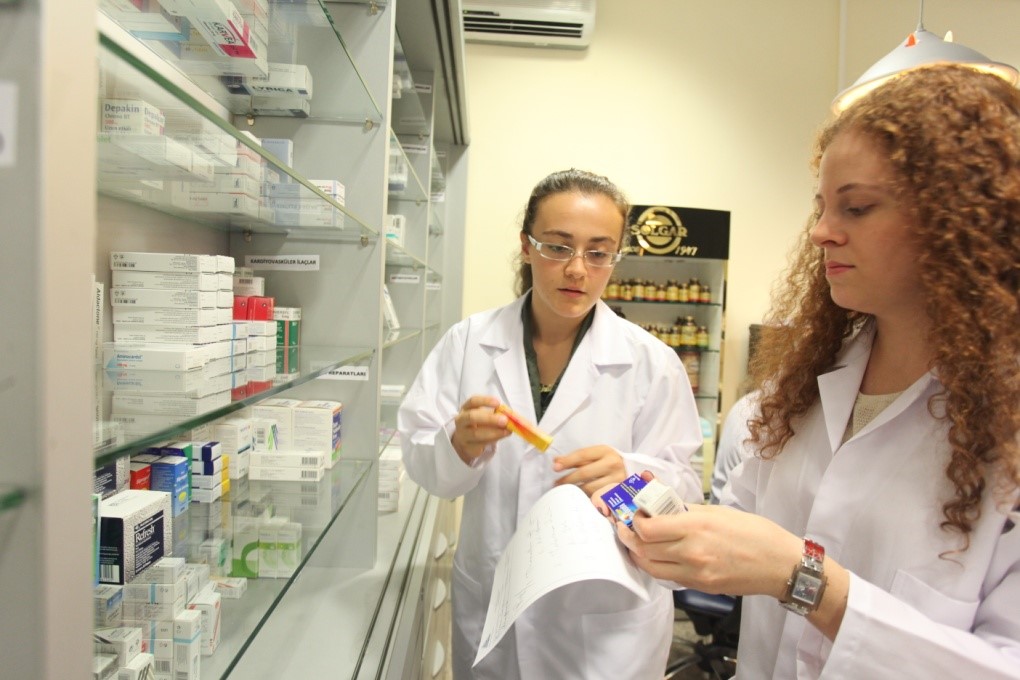
What is Physical Treatment?
The American Physical Treatment Association specifies physical treatment as "... a health profession whose primary purpose is the promo of optimum human health and function through the application of scientific principles to prevent, recognize, examine, fix, or minimize acute or prolonged motion dysfunction".
Physical Treatment is a profession whose primary purpose is the repair, upkeep, and promotion of optimal health, function, and quality of life for individuals of any ages. The science of physical therapy involves the application of healing methods, methods, and interventions that help rehabilitate an individual to their optimum physical potential. The art of physical therapy is assisting individuals help themselves.
In laws and regulations specifying practice, physical treatment is often defined as the care and services supplied by a physiotherapist or a physical therapist assistant under the direction and guidance of a physical therapist, and include:
Alleviating problems and functional limitation by creating, carrying out, and modifying therapeutic interventions;
Avoiding injury, disability, functional limitation and special needs; and Participating in consultation, education, and research study.
More info about the profession of physical therapy might be acquired by visiting the American Physical Therapy Association's website at www.apta.org
Who are Physiotherapist Assistants?
Physiotherapist Assistants, or PTA's, are competent health care suppliers who deal with and under the direction and guidance of a physiotherapist to provide physical treatment services. In order for a specific to practice as a PTA, they should graduate from a recognized PTA program and successfully pass a licensing/certification exam.
PTA's play an important role in providing physical treatment services for people with various specials needs. When a patient seeks or is referred for physical treatment services, the physical therapist carries out a preliminary evaluation and lays out a strategy of care. The PTA can then carry out all or part of the treatment strategy as instructed by the physical therapist.
The American Physical Treatment Association recognizes the PTA as the only person who assists the physiotherapist in the shipment of selected physical treatment interventions.
What does a Physical Therapist Assistant do?
The physical therapist assistant (PTA) carries out physical therapy interventions and associated tasks under the direction and guidance of a physical therapist. Such tasks might include training clients in restorative workout and activities of everyday living, using physical representatives such as cold, heat, electrical power, or water for discomfort relief and recovery, instructing individuals in making use of assistive devices for strolling, taking part in injury care, promoting wellness and injury avoidance, offering patient and household education, training patients in wheelchair activities, helping the physical therapist in performing client assessments and intricate interventions, and much more.
The PTA likewise keeps track of the Learn more here patient's reaction to treatment, performs numerous tests and measures, files appropriate elements of patient care, and maintains continuous communication with the monitoring physical therapist, along with other health care specialists.
What is the difference in between a PT and a PTA?
The physical therapist (PT) and the physical therapist assistant (PTA) vary in educational preparation and levels of obligations as it relates to the arrangement of physical therapy services.
Today, the frustrating majority of PT schools inform physical therapists at the Doctorate level, although lots of practicing therapists were educated when programs needed only a Master's or Bachelor's degree. The PTA is informed at the Associate's degree level, which usually corresponds to 2 years of college.
The PTA has a working knowledge of the theory behind treatment interventions, understands pathological conditions being treated, and comprehends how to apply methods and methods utilized to treat those conditions.
The PT has extensive education in evaluative skills, research study, and administration, in addition to innovative coursework in human anatomy, neuroanatomy, orthopedics, pathology, and restorative strategies. Both the PT and the PTA should finish from certified programs and pass a licensing assessment in order to practice in their respective functions.
Consumers/patients may look for the services of the physical therapist straight, or, the patient might be referred to a physical therapist by a doctor. The PT performs the preliminary examination and examination of the patient. The examination will result in a physical treatment medical diagnosis, and as suitable, the PT will develop goals or results to be accomplished by a physical treatment plan of care and treatment plan.
The PTA can not carry out the initial assessment or evaluation; nevertheless, the PTA may help the PT in gathering data. Following the examination of the patient, the PTA might perform chosen interventions and information collection as directed by the supervising PT. The PTA needs to always work under the instructions and guidance of a physical therapist. The collective relationship between the PT/PTA is extremely effective and valued, and the team considerably contributes to the success of the general rehabilitation process.